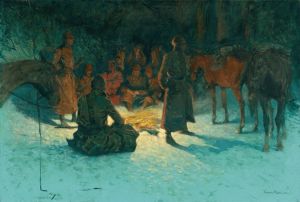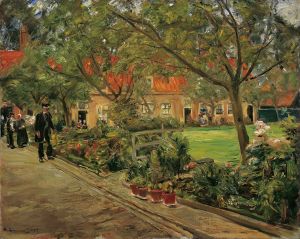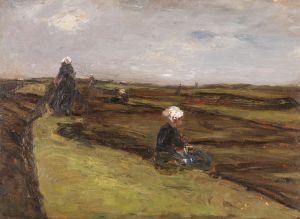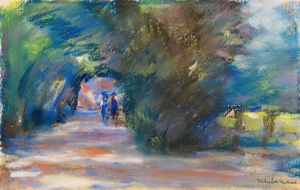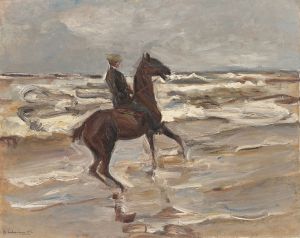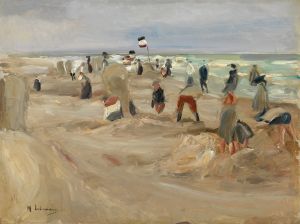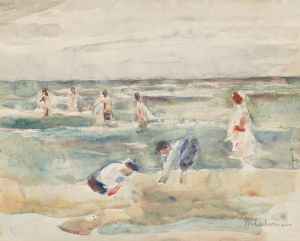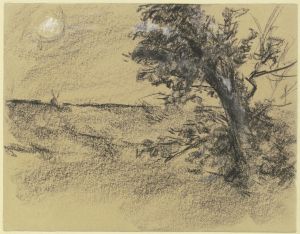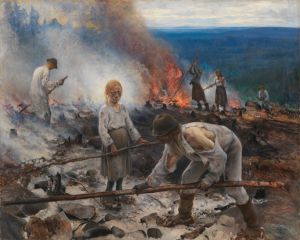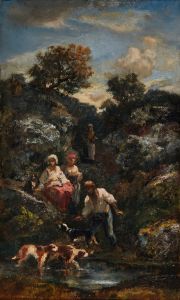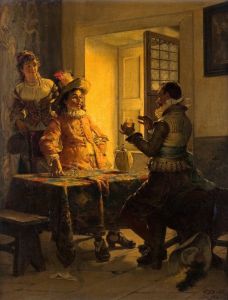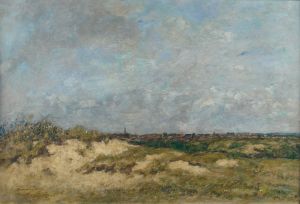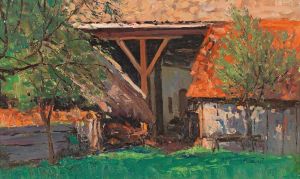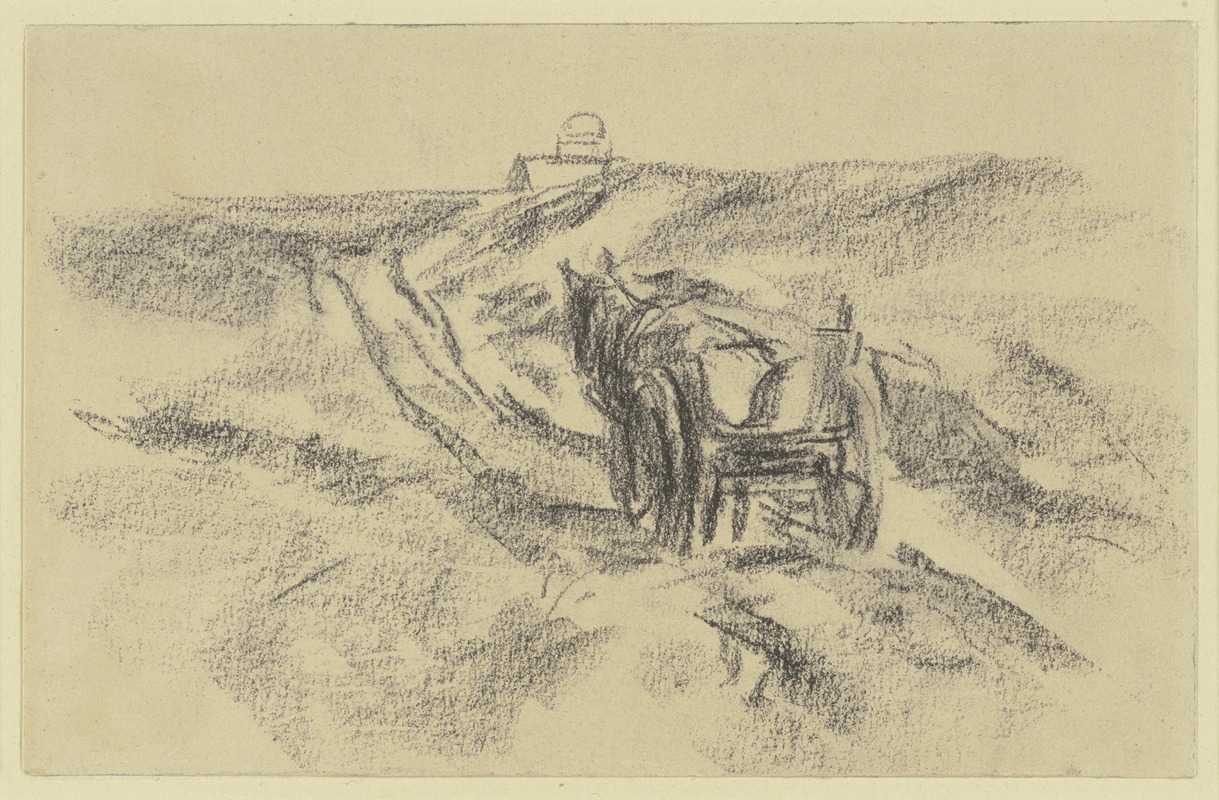
Wain in the dunes
A hand-painted replica of Max Liebermann’s masterpiece Wain in the dunes, meticulously crafted by professional artists to capture the true essence of the original. Each piece is created with museum-quality canvas and rare mineral pigments, carefully painted by experienced artists with delicate brushstrokes and rich, layered colors to perfectly recreate the texture of the original artwork. Unlike machine-printed reproductions, this hand-painted version brings the painting to life, infused with the artist’s emotions and skill in every stroke. Whether for personal collection or home decoration, it instantly elevates the artistic atmosphere of any space.
"Wain in the Dunes" is a painting by the German artist Max Liebermann, created in 1895. Liebermann was a leading figure in the German Impressionist movement and is known for his depictions of everyday life and landscapes. This particular painting exemplifies his interest in capturing the natural beauty and simplicity of rural scenes.
The painting depicts a horse-drawn wain, or wagon, moving through the sandy dunes. The scene is set in the coastal region of the Netherlands, where Liebermann spent a significant amount of time and found much of his inspiration. The composition is characterized by its loose brushwork and the use of light and shadow to create a sense of depth and movement. The colors are muted, with earthy tones dominating the palette, which enhances the naturalistic feel of the scene.
Liebermann's technique in "Wain in the Dunes" reflects his admiration for the French Impressionists, particularly their focus on light and atmosphere. However, his work also retains a distinct German sensibility, with a greater emphasis on structure and form. The painting captures a moment of quiet activity, with the figures and the wain blending harmoniously into the landscape.
Max Liebermann was born in Berlin in 1847 and became one of the most influential artists in Germany. He studied at the Weimar Art School and later in Paris, where he was exposed to the works of the Barbizon School and the early Impressionists. Throughout his career, Liebermann was dedicated to depicting the everyday lives of people, often focusing on the working class and rural communities.
"Wain in the Dunes" is a testament to Liebermann's skill in capturing the essence of a scene with minimal detail. The painting's composition draws the viewer's eye along the path of the wain, leading into the distance and creating a sense of journey and exploration. The use of light is particularly effective, with the sunlight filtering through the clouds and casting gentle shadows on the sand.
This painting is part of the collection at the Städel Museum in Frankfurt, Germany. The Städel Museum houses an extensive collection of European art, and Liebermann's work is an important part of their holdings. "Wain in the Dunes" is celebrated for its serene beauty and its representation of Liebermann's mature style.
Max Liebermann's contributions to art extend beyond his paintings. He was a prominent figure in the Berlin Secession, an art movement that sought to break away from traditional academic art and promote modernist approaches. His leadership and advocacy for contemporary art helped shape the direction of German art in the late 19th and early 20th centuries.
In summary, "Wain in the Dunes" by Max Liebermann is a significant work that showcases the artist's ability to blend impressionistic techniques with a distinctly German approach to landscape painting. The painting remains an important piece in the study of Liebermann's oeuvre and the broader context of German Impressionism.





